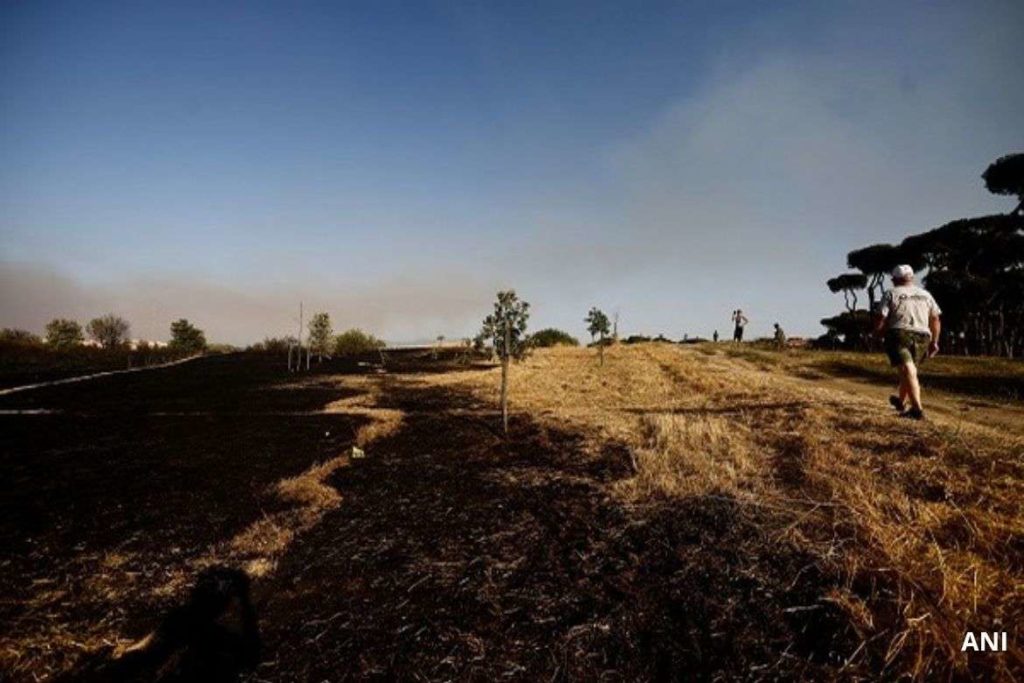The year 2022 may see the worst drought in Europe in 500 years, following a record-breaking summer. A major river’s drying up has an impact on productivity. Similar, drought conditions are also visible in the US and China.
Generally speaking, a drought is regarded of as a prolonged decrease in rainfall, usually lasting a season or more, which causes water scarcity and negatively impacts people, animals, and plant life. Let’s have a look at the gravity of this event.
Current situation in Europe:
Experts believe that this can be turned into the most severe drought in 500 years. The summer of 1540 in Europe was so dry that a year-long drought claimed thousands of lives. But the droughts of 2003, 2010, and 2018 in Europe were also contrasted with the occurrence of 1540.
The Rhine, the Po, the Loire, and the Danube, some of Europe’s major rivers and frequently used waterways, are currently not able to accommodate medium-sized ships.
Global Drought Observatory (GDO), an institution of the European Commission, reported in an analytical analysis that 64% of the continent’s landmass is under drought conditions.
Drought conditions affect agriculture in close to 75% of Italy, 83% of Germany, 90% of Switzerland, and France respectively. In the upcoming months, the situation is not going to get better.
What are the causes of this drought:

Read more: World at a glance! Top 10 International News Of This Week
Droughts are a common occurrence in Europe and are a natural feature of the climatic system. The outcome of a protracted and considerable departure from the typical weather pattern has been an extremely dry season.
Heat waves have caused temperatures to break records in various nations. The evaporation of surface water and soil moisture has increased as a result of unusually high temperatures.
The drought’s severity has escalated further because this is taking place only four years after the drought in 2018. The recent drought in Europe (2018) had left many areas still in need of recovery, and the soil moisture level had not stabilised.
What is a heat wave?
The term “heat wave” refers to a period of unusually high temperatures, which typically take place between the months of March and June and, in very rare circumstances, into July.
According to the India Meteorological Department (IMD), a heat wave occurs when a location’s maximum temperature reaches at least 40 °C in the plains and at least 30 °C in mountainous areas.
Effects of this drought?
Europe relies on its well connected river grid to deliver coal and other resources for power plants at a reasonable price. The majority of large ships are having trouble operating because the water level is less than a metre in some places.
This event has had an impact on Europe’s energy production, resulting in a decrease in electricity supply and an increase in energy costs that were already high owing to the Russo-Ukrainian War. The operation of nuclear power reactors, which rely heavily on water as a coolant, has been hampered by a lack of water.
Moreover, food costs have shot up significantly in many nations, and certain regions are experiencing a battle over access to clean water, which has had a serious impact on agriculture.
